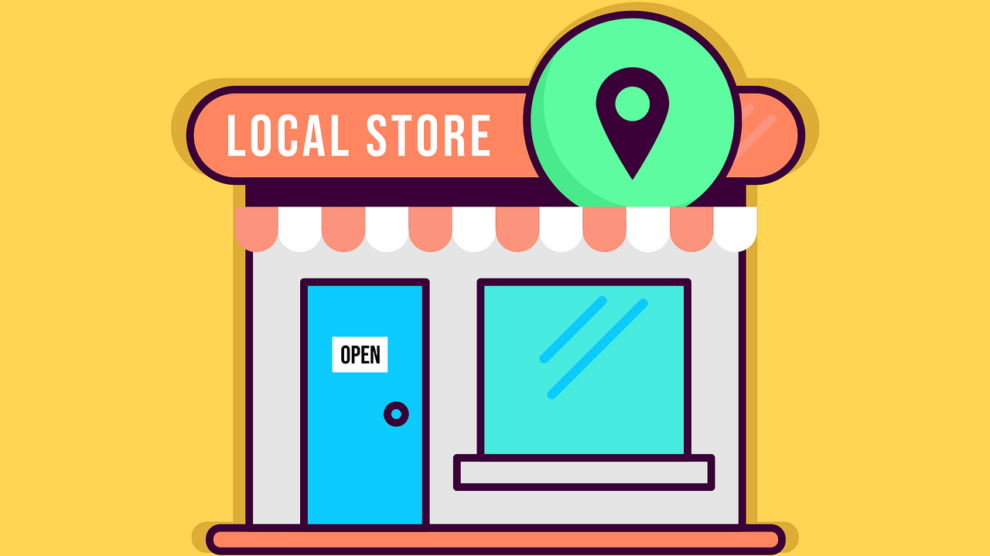Marketplaces occupy a significant place in the modern e-commerce landscape. There are a lot of reasons for their popularity like there are a lot of reasons to build a marketplace app in 2021. Find out why these platforms are beneficial for all groups of their users and the owner and discover how to do it right step by step.
Online Marketplace Definition
An online marketplace stands for the web or mobile platform (in plenty of cases, there are both opportunities) that allows for matching numerous vendors with numerous prospective customers within a certain business niche. What’s more, such solutions are quite valuable for the vendors (that is, companies who sell their goods or services within the platform), the shoppers (the target audience of those companies), and the marketplace creator as well.
What Are the Benefits of the Marketplace Model Over Offline Shopping
According to the Seller experience assessment in online marketplace research, “Recent decade has witnessed exponential growth in the e-commerce segment, leading to the emergence of various online selling platforms catering to diverse product requirements of customers. Such a development has provided the impetus to both existing businesses and newly established ventures to make available their offerings through online selling platforms with a view to improving the reach of their products.”
What’s more, the rise in marketplace popularity is also driven by the overall eCommerce boost in the backdrop of the pandemic. Also, a lot of businesses that hadn’t had a digital presence before were forced to move online. With no experience in digital marketing and promotion, eCommerce website redesign and development, joining a marketplace is a profitable opportunity for these companies since an entry threshold is quite low and the prospective target audience is already attracted to the marketplace platform.
What’s more, a marketplace business model has some other advantages.
- Online shopping is quicker. The speed and convenience of online shopping are one of the core and old reasons for eCommerce development. As for the idea to build a marketplace app in 2021, this is one more way to shop smartly, avoiding public places and cash.
- Better selection of items. Since a marketplace unites a lot of vendors, shoppers get more opportunities to choose the items they need from the widest range possible. Thus, building a marketplace, consider adding features for goods comparison, like wishlist, comparison lists, and subscribing to the best deals from a certain category.
- Better prices. Joining a marketplace is a cost-saving opportunity for businesses since they don’t have to invest in marketplace marketing, in contrast to promoting their own eCommerce stores. Thus, they also get the opportunity to offer better prices to their potential buyers, and thereby, stimulate the purchase even more.
- Fewer risks. Marketplace business models are also less risky compared to the branded eCommerce website development. In this case, the owner doesn’t have to invest in goods to actually own them and resell. The vendors may save on their website building as well, and get rid of the risk of unsuccessful results or a poorly developed website at a high cost. Buyers. in turn, may work with reliable vendors only since their reliability, the quality of their products and services is always confirmed by the reviews of previous customers.
Thinking about your rating system in advance is essential if you want to create a marketplace since this is the best quality assurance practice in this field. Also, make sure to get in touch with a reliable marketplace development company to provide both groups of your users with a high-end solution and top-notch interaction experience.
What Is a Marketplace Example?
The brands of the most popular marketplaces are known well. Amazon is the leading retail marketplace, while Uber is leading in the taxi services niche. There are also quite specific marketplaces, for example, UpWork allows for getting in touch with tech and creative specialists while AirBnB gives the opportunity to share your accommodation with travelers.
How Does a Marketplace Make Money?
Deciding on your marketplace business model, that is on the ways how your marketplace will drive profit is one of the first stages of the marketplace development process. Below are the possible business models you may follow after deciding to build a marketplace app.
Possible Marketplace Business Models
There are a lot of marketplace business models to follow and below are the most transparent and efficient ones. Surely, you should choose it proceeding from the specifics of your business, and the expectations of both groups of your target audience.
| Commission fee | Listing fee | Subscription | Mixed model |
| According to this business model, you as an owner of the marketplace, get a commission from each transaction made on your platform. This is a good strategy for B2C marketplaces since it allows the buyers to pay the already fixed price, and you – to receive the fixed commission. Knowing how many transactions happen on your marketplace per month, your profits become quite predictable. | This business model allows the companies to promote their goods or services by showcasing them at the top position of search results on the marketplace. For example, the listing fee is charged by eBay, Etsy, and Zillow (real estate marketplace which also uses a mixed business model and even buys and sells property on the behalf of the company). | This approach will be suitable if subscribing and paying once for the full set of features is more profitable to the users than paying a fee from each transaction or paying for a position in listing. This business model is often used in digital services, for example, in an online dating niche, when each user has to subscribe to get in touch with other users and continue communication on an ongoing basis. | As for the mixed monetization strategy, in this case, you may combine the best features from the previous business models. For example, a commission fee may be mixed with a listing fee, however, make sure to research the solvency and expectations of your users in advance. The necessity to invest too much in staying on a marketplace may be a trigger for them to look for a more user-friendly platform. |
How Do You Kickstart and Scale a Marketplace Business?
So, here is how to create a marketplace step by step.
Decide on the type of your marketplace (b2b, b2c, p2p, e-procurement)
Your idea already points out the marketplace type. It can be b2b, b2c, p2p, and e-procurement marketplace.
Get started by research
After you are clear with the marketplace type, research the competitive solutions finding out their strong and weak points.
Develop your value proposition
Being guided by the weak points of the competitors, suggest the method of solving users’ problems in a better way and develop a clear value proposition on its basis.
Decide on a business model depending on your marketplace type
The next question to solve while building a marketplace is your monetization strategy. Start with the most appropriate one, and in the future, you will be able to switch to the mixed business model to get more revenue-driving channels.
Think about the design and UI
The design of your marketplace should be modern, it should reasonably fit your business niche, and don’t forget about the user interface which should be intuitive and stumbling blocks-free as well.
Get in touch with a marketplace development vendor
At this stage, you may hire a marketplace development company that will provide you technical support.
Create the first prototype and test it
To test your design and UI ideas, you may use focus group surveys and heat mapping techniques. Use these data-driven insights at the next stage.
Move to MVP development
Having a clear idea of what might work for your users, you may proceed with a Minimum Viable Product development. You should test it as well and once more reuse the obtained information.
Consider the feedback of your users and create an MLP (Minimum Lovable Model)
MLP is the solution already capable of driving profits. At this stage, you may get started with attracting buyers and sellers to your platform.
Launch marketing strategy for both groups of target users
PPC and social media advertising are the best way to get in touch with the prospective leads from both groups for the first time.
Maintain and scale your marketplace
Next, make sure to maintain your marketplace in a bug-free state and scale it according to the expectations of your users and market situation.
Conclusion
Building a marketplace is a worth-try idea, especially if you managed to come up with something specific and potentially demanded. Get started by research, be clear with your value proposition, and smart with your marketing. Also, don’t forget about the technical specifics of marketplace development and follow LEAN methodology at each step since a poorly developed solution can become the top reason why your users may abandon it.





